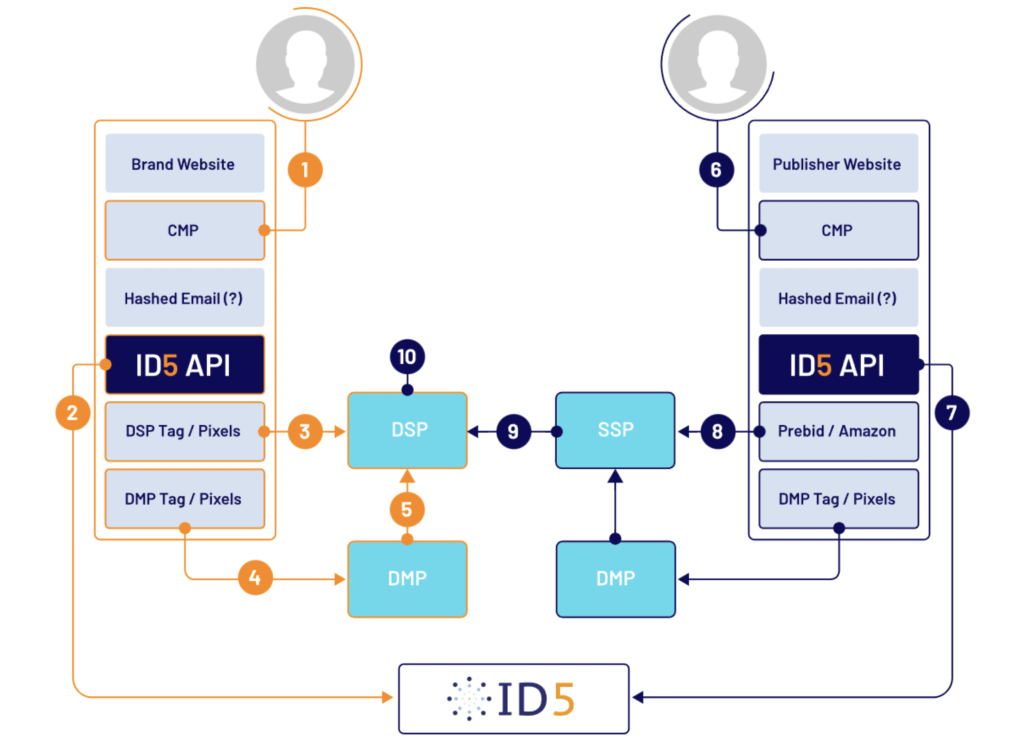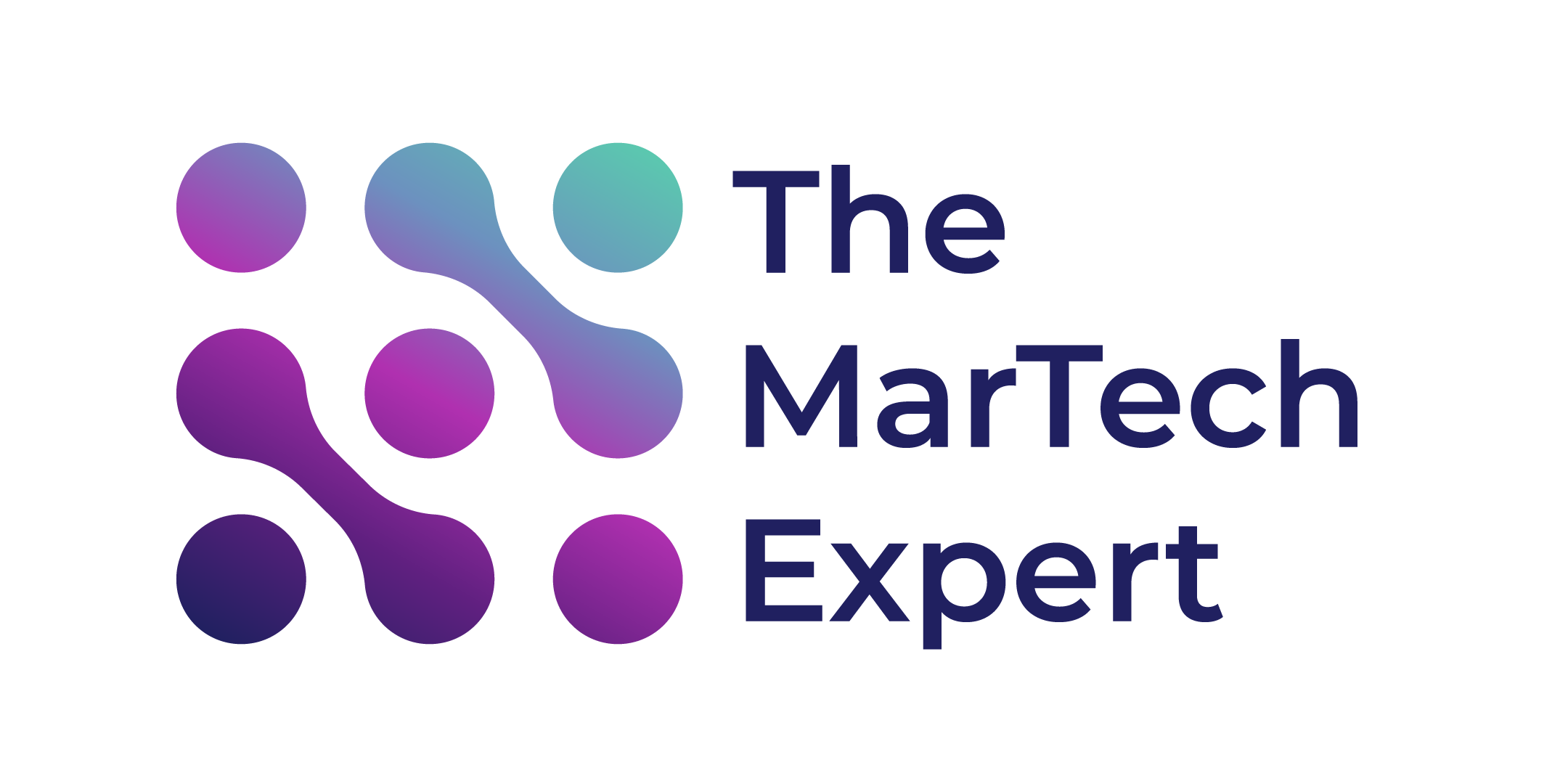You will fail if you are looking for one way to solve all targeting issues. The New AdTech era brings challenges that require multiple solutions chained under a creative standpoint.
At the beginning of 2024, Google started blocking third-party cookies for Chrome users. Initially planning to deprecate third-party cookies entirely by the end of the year, Google announced a prolongation of the transition period that will last until the beginning of 2025. TeqBlaze’s survey indicates that a wide range of advertising players will continue to prepare for the entire cookie-free tech migration at the expected tempo. We will be preparing as well, so we will recommend it to you.
Complete deprecation is about to become an industry collapse, as half the web users worldwide belong to Chrome infrastructure. Meanwhile, Google promotes its magical Privacy Sandbox as a solution to replace third-party cookies. The lawsuits seem useless, they are still about monopolizing the market. Google is creating conditions in which players are forced to use its technology with no alternative.
However, technical experts unanimously state that Privacy Sandbox is not a complete replacement for third-party cookies. The tool contains significant drawbacks that have every chance of becoming critical and disrupting Google’s plans to dominate the digital landscape. Is Privacy Sandbox really viable? How should we prepare for the changes, and are there any worthy alternatives? The TeqBlaze team and I have geared a good overview of all the tricky questions. Please make yourself comfortable, we are starting.
Make Programmatic Private Again
Google’s shift away from third-party cookies concerns all the programmatic players because this technology was the base cross-platform tool used for two fundamental reasons.
- Target ads based on user behavior. You can accurately determine user interests by analyzing historical activity across many websites and apps. All parties benefit from sharing this data, even users, who receive a personalized experience when visiting advertising media with high-quality content.
- Collect statistics. The information obtained from cookies is used as accounting data within the programmatic ecosystem, and thanks to a single technology, all parties have consistent metrics.
It’s so funny how people have come from a completely anonymous Internet with its irrelevant, annoying ads to a technology that allows ultra-precise delivery of targeted messages to users. And now, this technology is being outlawed, and the market is again plunging into the darkness of the unknown. However, now users will not tolerate irrelevant ads, and advertising players — which I sincerely share — won’t desire to reduce their earnings.
But are privacy concerns really relevant? Well, they are.
Third-party cookie technology has become so sophisticated and effective that it is now possible to build entire profiles of people: their personal data, interests, places they stay and visit, who their friends and family are, their interests, and further down the line. Literally everything. That’s why regulations such as GDPR, CCPA, and COPPA have appeared, as well as the resulting cookie restriction.
Finally, after a long song and dance, Google has complied with the new market demand: user profiles must contain a third-party cookie tracking prohibition by default. However, multinationals would not be multinationals if they didn’t want to make money even from unpopular decisions.
Google’s Privacy Sandbox: An Overview
Privacy Sandbox developers declare that their new technology is an “industry-wide effort” intended to improve people’s privacy across the Web and apps on Android.
When studying the product, be ready for Google to present any developments in this direction under the sauce of privacy protection. In turn, the community of independent developers, lawyers, and government organizations sees Privacy Sandbox initiatives as monopolizing the market and forcing it to adopt
anti-competitive technologies.
I should emphasize that the Privacy Sandbox is a technology undergoing active development and testing. In 2024 alone, several significant changes made it impossible to assess the product accurately. However, the fundamental pillars are more or less in place.
Google Privacy Sandbox consists of three APIs that should completely replace third-party cookies. Will they succeed? Spoiler alert: no! But they’re trying.
- The Topics API, previously known as FLoC, is where Google reviews the user’s history, analyzes the content of the pages browsed (or applications used), and categorizes them into so-called Topics. Once a week, advertisers will receive updated data on the Topics that their potential target groups explore. For example, suppose a user is also interested in Technologies besides Sports and Cars. The Topics API allows advertisers to use this information for targeting.
- The Protected Audience API, previously known as FLEDGE, is a targeting and retargeting solution that allows advertisers to show relevant ads to the desired audience without direct access to their browsing history. Moreover, it is not about specific users but groups of users united by certain characteristics. The groups are anonymized and additionally filled with noise values for greater privacy.
- The Attribution Reporting API allows obtaining statistical data on advertising campaign performance. Depending on the payment model, this data is used for financial accounting between publishers and advertisers.
Pros of Privacy Sandbox
The main advantage of the technology is that Google will enable us to use its limitless targeting data. We all hope this will be a good attempt to balance privacy with personalized advertising.
I also have to admit that Privacy Sandbox will be pretty convenient for small players, such as standalone publishers and advertisers, and maybe their experience with ad inventory will truly improve. As for large programmatic players, well, at least in this regard, we will all be in almost the same position.
The main advantages of Privacy Sandbox include the following points.
- Improved privacy for users. The unanimous verdict here is that no one will ever have as much data about users as they used to. No one except Google, obviously.
- Extended support for advertisers. Since Privacy Sandbox is a commercial product, Google will ensure that advertisers can reach their audience effectively.
- The common cross-platform technology. Privacy Sandbox will allow you to target users not only through browsers but also through mobile devices. This will simplify integration efforts for large players and contribute to developing a better digital infrastructure.
No matter how big an advertising player you are, you will still have to deal with Privacy Sandbox because many small publishers and advertisers will depend on this technology. Therefore, we should be happy even with limited advantages.
Cons of Privacy Sandbox
- User-first privacy settings. Returning to the Topics API, which serves as a basis for the initial audience clustering for targeting, users can delete Topics automatically assigned to them at any time — just because they didn’t like them. In the same way as the other two APIs, users can block them completely and thus remove their profile from the targeting infrastructure.
- Poor retargeting capabilities. Since we are talking only about ready-made data for retargeting, direct participants in the advertising chain will not impact the results. Suppose everything is set up correctly, but the results are poor. Changing the situation or understanding the real reasons will be almost impossible in that case.
- Difficulties with performance measurement and financial accounting. While cookies allow real-time results measurement, replacing them will be very difficult. According to preliminary tests of the Attribution API, the latency in performance measurement can be “from several hours to several days”. It sounds like a bad joke, but apparently, no one will laugh. For now, the market hopes that Google will be able to reduce the latency in measuring the results of advertising activities to such a minimum that it will allow building sustainable internal processes.
- Limited scope. According to a report by IAB technical experts, some of the features declared as implemented in the Privacy Sandbox need to be fixed and are unlikely to work in the near future. For instance, CTV advertising or audio advertising through VAST tags. This task is too difficult for Google, as the Sandbox infrastructure is primarily challenged to cover basic needs, and advanced formats risk being limited in support and usability.
- Unclear integrative capacity. How will the Privacy Sandbox interact with other advertising technologies, and will it be possible to integrate it into the chain for seamless bidding? Obviously, with such a statistical latency, it won’t be easy to make accurate estimates, but whether Google is working on a framework for integrating other advertising entities is a complete unknown. There is a risk that Sandbox will become another isolated environment, such as Facebook, which does not even have public documentation and complicates integrating its data into other systems.
Industry and Regulatory Response
I will be brief: the industry and the regulators are not happy. But since it’s Google, they can’t do anything about it.
Of course, Google plans to fulfill all the UK’s Competition Markets Authority (CMA) requirements, one of which is to bring a fully working Privacy Sandbox technology to the market before completely banning third-party cookies in the browser. However, only time will tell how long it will take and whether it will be fully implemented in accordance with the IAB Tech Lab’s recommendation.
The biggest concern for regulators who are not direct advertising players is that many functions previously performed by servers will now be transferred to the user’s browser. These functions include real-time auctions, storing private information for targeting, tracking campaign results, and so forth.
- This may increase users’ concerns about the Chrome resource requirements after the release of Privacy Sandbox.
- Also, according to industry representatives, Google’s claims of “privacy” will not affect feelings of the users in any way. Users won’t feel more private because ads will be targeted based on data from their browser, not data taken from the server.
- The ease of the technology’s rejection for users is another difficulty that will significantly affect the revenues of advertising players and tend to break their expectations.
The matter is also heading towards a lawsuit, as there is a critical lack of information for testing the technology. Experts also do not believe the testing can be completed by the end of 2024.
Alternatives to Privacy Sandbox
I recommend solutions with broad market analogs or open-source, given that their potential for use will remain high in the foreseeable future. If you want to implement such solutions, you can always contact the TeqBlaze Team for support.
I. ID Solutions
Market example: ID5
Identity-based solutions allow you and your partners to build interactions on the same comfortable level as with third-party cookies while avoiding them.

The idea is to use unique identifiers that contain records of user data. These identifiers will be decrypted on the side of the solution provider at the request, and the necessary data will be transferred for targeting, measurement, and other purposes.
Naturally, it takes time to integrate and agree on using a common ID solution, but it is worth it. Large players have already adopted 2–3 ID solutions to cover all possible interaction scenarios with new partners.
Open-source example: Unified ID 2.0 (UID2)
This solution also deserves consideration. The principle of a unique identifier remains the same. The difference is that users need to provide their email to access the content on the website or application. I recommend using UID2 as an enabling solution to support a flexible digital landscape.
II. Contextual advertising
Market example: Oracle Contextual Intelligence
I already discussed contextual targeting in programmatic in detail some time ago. This type of targeting can help you achieve the desired results in trading. However, it’s a long way to go, so getting started as soon as possible is better.
The best option to speed up your contextual expansion is to implement the data obtained from non-Google contextual intelligence tools into the targeting process. All contextual intelligence solutions have advantages, and the choice should be based on the specifics of the programmatic infrastructure built.
III. Combined approach
I would like to remind you of the words I said at the beginning of the article: none of the proposed solutions will solve the need to create a powerful advertising environment by itself. The power is in the combination of solutions, smart efforts, optimization and creative decisions of the engineers working for you to achieve synergy.
I insist on using a combination of third-party cookies (where they are still available), first-party data, contextual targeting, universal IDs, and specific solutions that will work in your case. It’s about diversifying and maximizing your efforts to get the desired results.
The main difficulty you may face when building a widely dispersed combined infrastructure is a non-optimized environment. However, this can be solved by investing in solution architects who use artificial intelligence and machine learning algorithms to optimize the performance of platform engines. Finally, it would help if you considered implementing Google Privacy Sandbox features into your programmatic framework already. The best moment is now, it’s your magic sign!
Conclusion
The time for third-party cookies is running out. This doesn’t mean that they will disappear altogether, but their crucial role in the programmatic framework is coming to an end. No one is happy about this, but evolution doesn’t have to be satisfied, it has to force the development.
Nevertheless, the good news is that it is still possible to maintain your money in an era of global transformation. And even increase profits, albeit after a while. In addition, a simple rule begins now: the first companies adapting to changes and streamlining processes will secure a place at the top. We at TeqBlaze are actively working on launching new initiatives for our Clients. In each case, we invest in technology diversification. After all, some classy market solutions are expected to become irrelevant in 2–3 years. There is no stability, but with an intelligent approach, you can consistently achieve goal results with the right people.
Programmatic steps into the post-cookies era, boosting the development of technologies. Life is becoming more private. Changes in the air, in the light aglow…

Niki Bansal leads TeqBlaze (former SmartyAds White Label Solutions), which provides innovative programmatic solutions for businesses. Her past experience as Director of the White Label Solutions Department at SmartyAds honed her expertise in digital advertising and passion for client success. She leverages her deep industry knowledge to keep TeqBlaze on the cutting edge of programmatic advertising.














